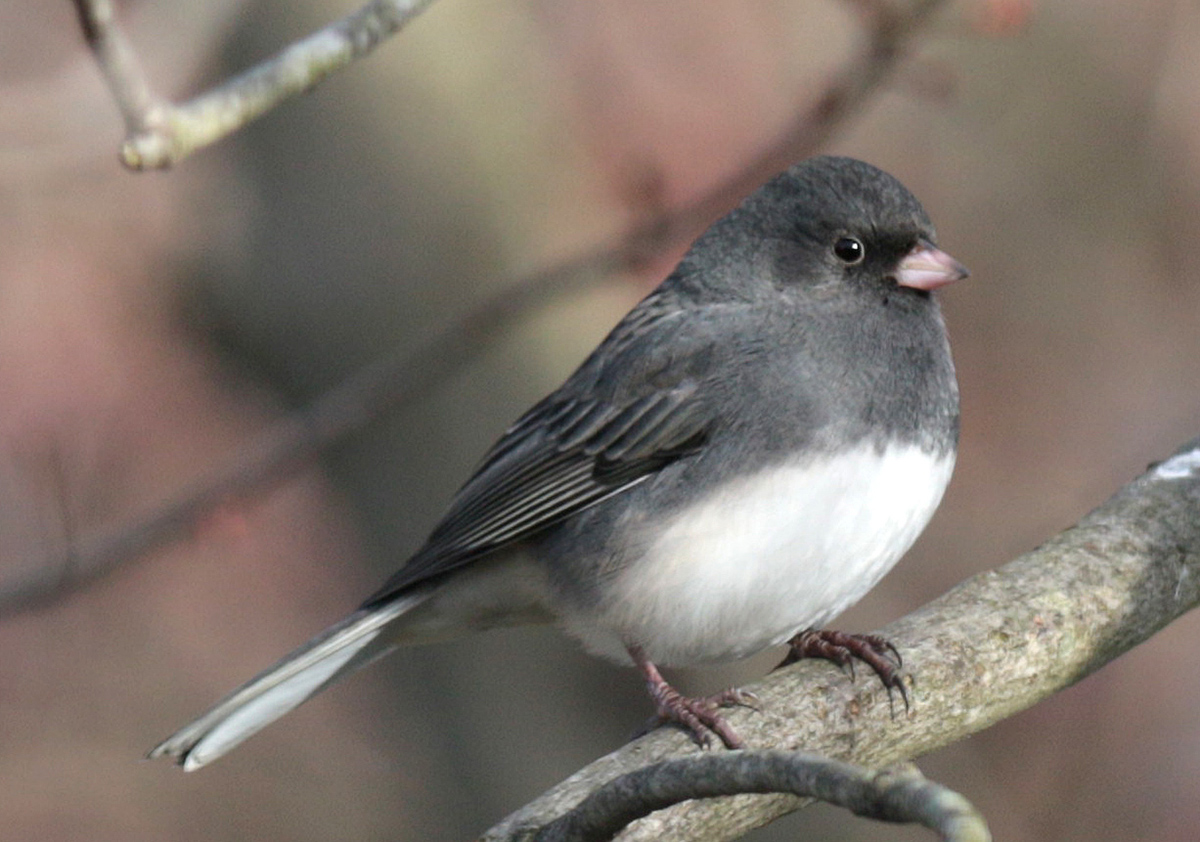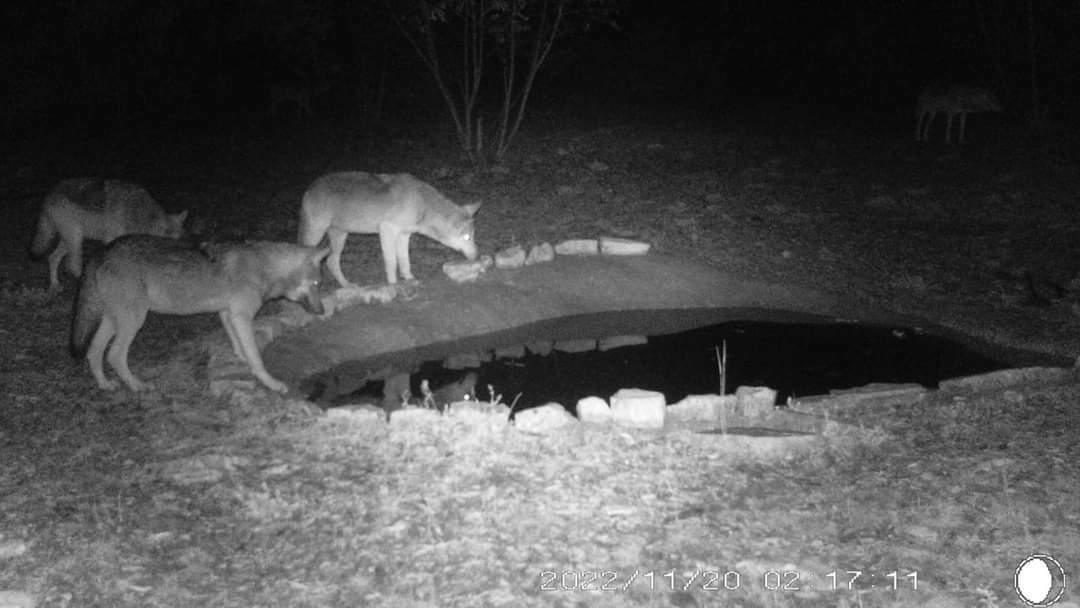Winterwatch: Identifying Common Winter Birds

Table of Contents
Common Backyard Winter Birds
Many bird species remain in our backyards throughout winter, providing ample opportunities for observation and identification. Let's explore some common visitors:
Northern Cardinal (Cardinalis cardinalis)
- Description: The male Northern Cardinal is a vibrant splash of crimson, easily recognized by its distinctive crest. Females are a more subdued brownish-red. Their size is comparable to a robin.
- Habitat: These cardinals are frequent backyard visitors, preferring shrubs, trees, and even bird feeders. They are common in both urban and suburban areas.
- Call/Song: Their song is a series of clear, whistled notes, often described as cheerful and melodic. Listen for variations in their calls as well; they use a range of vocalizations for communication.
- Image: [Insert image of a Northern Cardinal here]
Downy Woodpecker (Dryobates pubescens)
- Description: The smallest woodpecker in North America, the Downy Woodpecker boasts a striking black and white pattern. Its size is significantly smaller than other woodpeckers.
- Habitat: These birds are typically found in trees, particularly those with decaying wood, which provides ideal foraging opportunities for insects.
- Call/Song: Listen for their characteristic high-pitched, rapid drumming on tree trunks – a sure sign of their presence.
- Image: [Insert image of a Downy Woodpecker here]
American Goldfinch (Spinus tristis)
- Description: The American Goldfinch is a tiny burst of sunshine, with its bright yellow body and contrasting black wings. Their small size and cheerful coloring make them easily identifiable.
- Habitat: They frequent weed patches and bird feeders, readily consuming seeds. You'll often see them flitting through fields and gardens.
- Call/Song: Their call is a high-pitched, chirping series of notes. Their songs are slightly more complex and melodic.
- Image: [Insert image of an American Goldfinch here]
Blue Jay (Cyanocitta cristata)
- Description: The Blue Jay is a striking bird with bright blue, white, and black plumage, and a prominent crested head. Its size is larger than most of the other birds mentioned here.
- Habitat: These boisterous birds are found in deciduous forests, parks, and even backyards.
- Call/Song: Their loud, raucous calls are unmistakable and often heard before the bird is seen.
- Image: [Insert image of a Blue Jay here]
House Sparrow (Passer domesticus)
- Description: The House Sparrow is a small, generally brown bird, commonly found in urban and suburban environments. Its identification can be less straightforward due to its less striking appearance.
- Habitat: These birds thrive in close proximity to humans, inhabiting buildings and human settlements.
- Call/Song: Their calls are characterized by chirping and chattering sounds. They're generally quite vocal.
- Image: [Insert image of a House Sparrow here]
Tips for Winter Bird Identification
Accurate bird identification requires patience and observation. Here are some tips to enhance your winterwatch skills:
- Binoculars: Invest in a good pair of binoculars for closer observation of details like plumage patterns and markings.
- Size and Shape: Compare the bird’s size to familiar objects (e.g., a robin, a sparrow) and note its overall shape (e.g., slender, stout, long-tailed).
- Plumage: Carefully observe the color, pattern, and texture of the feathers.
- Calls and Songs: Utilize online resources like the Cornell Lab of Ornithology's Macaulay Library (macaulaylibrary.org) to compare sounds.
- Behavior and Feeding Habits: Observe how the bird forages, where it perches, and how it interacts with its environment.
- Field Guides and Apps: Use reputable field guides (e.g., Sibley Guide to Birds) or bird identification apps (e.g., Merlin Bird ID, eBird).
- Photography: Take photos (if possible) for later identification using online resources.
Creating a Winter Bird-Friendly Backyard
Attract more winter birds to your backyard by providing essential resources:
- Feeders: Offer a variety of birdseed mixes, nuts, suet, and other appropriate foods.
- Water: Provide a fresh water source, even during freezing temperatures, using a heated bird bath.
- Shelter: Plant native shrubs and trees that provide berries and protective cover.
- Pesticide-Free Environment: Avoid using harmful pesticides and herbicides to protect birds from toxins.
- Hygiene: Clean feeders regularly to minimize the spread of disease.
Enjoy Your Winterwatch Birdwatching Adventures!
Identifying common winter birds like the Northern Cardinal, Downy Woodpecker, American Goldfinch, Blue Jay, and House Sparrow provides a rewarding connection with nature. Remember to pay close attention to their size, shape, plumage, calls, behavior, and habitat. Utilizing resources like field guides, bird identification apps, and online sound libraries will significantly aid your identification efforts. Start your own winterwatch today! Learn more about identifying common winter birds and enhance your outdoor experiences. Use our tips to attract feathered friends to your backyard and enjoy the rewarding pastime of winter bird identification!

Featured Posts
-
 A Chronological Guide To The Doom Video Game Series
May 13, 2025
A Chronological Guide To The Doom Video Game Series
May 13, 2025 -
 Semeyniy Skandal Pochemu Syn Tatyany Kadyshevoy Lishilsya Roditelskikh Prav
May 13, 2025
Semeyniy Skandal Pochemu Syn Tatyany Kadyshevoy Lishilsya Roditelskikh Prav
May 13, 2025 -
 Religious Leaders In North Texas Condemn Governor Abbotts Epic City Investigations
May 13, 2025
Religious Leaders In North Texas Condemn Governor Abbotts Epic City Investigations
May 13, 2025 -
 Gibraltar Blockchain Event Coinsilium And Forzas Official Launch
May 13, 2025
Gibraltar Blockchain Event Coinsilium And Forzas Official Launch
May 13, 2025 -
 Di Capriojeva Nova Vizura Sokirala Fanove Slobodna Dalmacija
May 13, 2025
Di Capriojeva Nova Vizura Sokirala Fanove Slobodna Dalmacija
May 13, 2025
